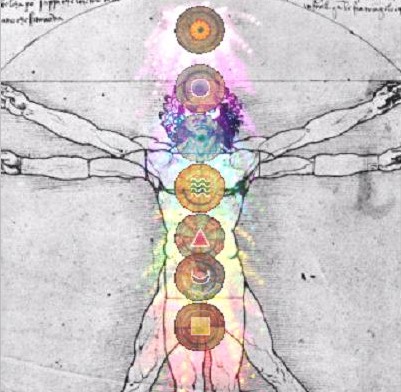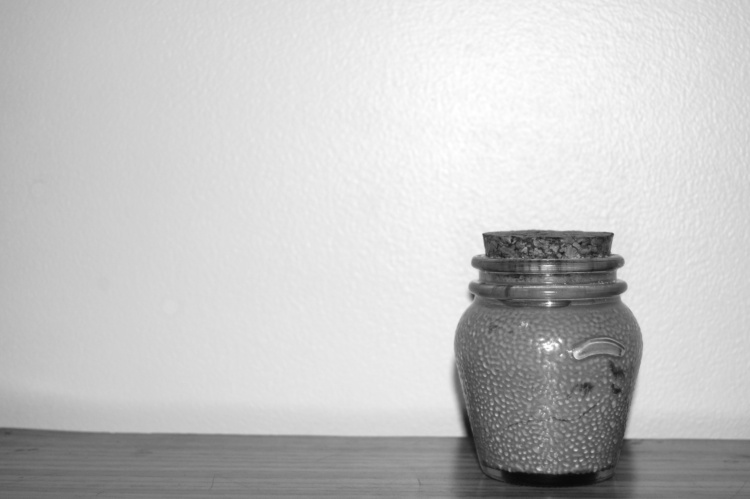 You have probably heard of “chakras.” People talk about these on tv shows and most alternative health websites you stumble upon. You might have just believed whatever you heard or read, or perhaps you dismissed it as something evil that stems from demonic doctrine. You could even be on the fence, thinking there could be some truth to it or not. Are Chakras and Christianity even compatible? Can we extract anything from this ancient knowledge? Well, let’s explore and try to make some connections.
You have probably heard of “chakras.” People talk about these on tv shows and most alternative health websites you stumble upon. You might have just believed whatever you heard or read, or perhaps you dismissed it as something evil that stems from demonic doctrine. You could even be on the fence, thinking there could be some truth to it or not. Are Chakras and Christianity even compatible? Can we extract anything from this ancient knowledge? Well, let’s explore and try to make some connections.
So What is a Chakra?
Chakras are said to be energy vortexes along the spine that normally move clockwise, like tornadoes south of the equator. You can find vortexes everywhere in creation. You can find them in your blood, cells, veins, and arteries. Even the sap of plants and quartz crystals have small vortexes; these creations of God bring balance, release toxins, and cleanse. There are supposed to be hundreds or even thousands of minor chakras, but we will focus on the main ones that correspond to the seven primary colors that can be seen throughout creation.
The vortexes draw in and release energy. Just as your body releases some of the food you eat, the chakras release excess energy. Things can affect how these wind centers function, including your emotions, trauma, and toxin overload. Chakra imbalances can cause issues in the physical body. This is one reason healers stress the importance of whole-health maintenance. Though, a physical injury could also cause an energy imbalance.
The colors represent frequencies and vibrations, and the chakra system associates each color to the functions that take place within each center. Generally, the chakras connect to food, herbs, and crystals of the same color; they link to elements of the earth as well. Organs, bodily systems, and soul aspects of a person connect to designated energy vortexes, too.
Breaking Down the Chakras
The vortex centers are like energy processing plants, and you can think of them as the processing areas of a tree. For example, the root or red center is the root system of the tree that allows for interconnectivity within the body. The orange center is the supportive chakra that is there to deal with some of the body’s basic functions for survival and reproduction, which is similar to heartwood. The heartwood of a tree is the supportive pillar that is strong enough to support twenty tons. The yellow center is associated with digestion, meaning that it helps reconstruct energy into usable energy for the body. This is similar to the cambium cell layer of a tree that processes hormones that help stimulate the growth of sapwood (new wood).
The green chakra is associated with the passage of energy since it is associated with oxygen or even blood circulation, which makes it similar to a tree’s inner bark. The inner bark is the tree’s pipeline where food is passed to the rest of the tree. The blue chakra is linked to the absorption of physical needs through the mouth. In this way, it can be compared to a tree’s branches, which are tasked to help transport raw but necessary nutrients that will be processed by the tree. The tree’s ability to absorb sunlight is possible through its many leaves, which could be linked to the indigo chakra. This vortex is linked to the eyes, which gives the body the power to perceive. The last chakra to talk about is the crown chakra usually associated with the brain, which can be linked to the photosynthesis system inside leaves that can turn sunlight into raw food so that the tree can continue its processes. Tree analogy-Ruben A. Vasquez

